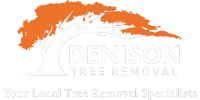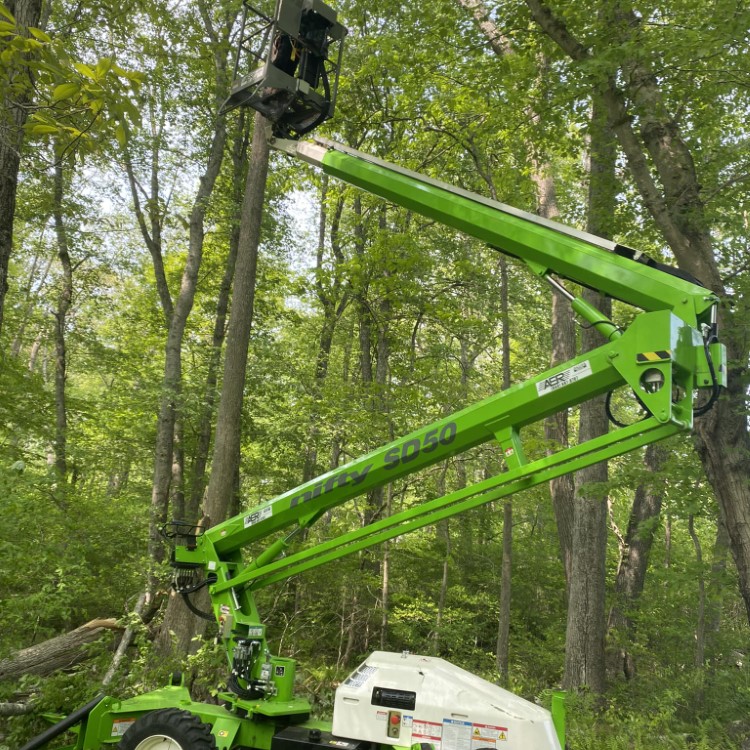Trees are an essential part of our environment, providing shade, beauty, and oxygen. Proper tree pruning is crucial in maintaining their health and longevity, especially in areas like Ledyard, CT, where the local climate can present unique challenges. Whether you’re looking to enhance the aesthetic appeal of your trees, promote their structural integrity, or ensure their safety, pruning is an essential practice.
Key Takeaway: Tree pruning not only improves the health and structure of trees but also enhances their resilience to environmental stressors, ensuring their long-term beauty and safety in Ledyard, CT.
Understanding Tree Pruning
The Science Behind Tree Pruning
Tree pruning is more than just cutting branches. It involves strategic removal of certain limbs to enhance a tree’s growth, improve its structure, and prevent diseases. By eliminating dead or diseased branches, the tree can focus its energy on producing strong, healthy foliage. This is particularly important for trees in Ledyard, CT, where seasonal weather changes can impact tree health.
How Pruning Impacts Tree Growth
Pruning influences how a tree distributes its energy. When certain branches are removed, the tree redirects its nutrients toward new growth, resulting in a stronger, healthier structure. This process can prevent overgrowth, reduce the risk of falling branches, and encourage a more balanced canopy. For those seeking tree trimming services in Preston, CT, professional pruning can make a significant difference in tree vitality.
Timing and Techniques for Effective Pruning
The best time to prune trees depends on the species and the desired outcome. For most trees, late winter or early spring is the ideal time, as it encourages vigorous regrowth during the growing season. Common techniques include thinning, raising, reduction, and cleaning—each serving a specific purpose in maintaining tree health.
Benefits of Proper Tree Pruning
Enhancing Tree Health
Pruning eliminates weak, dead, or diseased branches that can compromise a tree’s overall health. This practice prevents the spread of infections and reduces the risk of infestations from woodboring insects such as woodboring beetles, which can cause severe damage if left unchecked.
Promoting Structural Integrity
Well-pruned trees are less likely to develop structural weaknesses. Removing problematic branches prevents stress fractures, which can lead to significant damage during storms or high winds, common in areas like Waterford, CT.
Enhancing Aesthetic Appeal
Pruned trees contribute to the beauty of landscapes, increasing property value and curb appeal. For homeowners and businesses in Stonington, CT, regular tree trimming can create a well-maintained and visually appealing environment.
Essential Pruning Techniques
Crown Thinning
Crown thinning involves selectively removing branches to improve light penetration and air circulation. This technique reduces the weight on heavy limbs, decreasing the risk of breakage while promoting healthy growth. Thinning is particularly beneficial for trees in urban settings, such as those requiring tree trimming in East Lyme, CT.
Crown Raising
Crown raising removes lower branches to provide clearance for pedestrians, vehicles, or buildings. This method enhances visibility and safety while maintaining the tree’s natural shape. It is an excellent option for trees in public spaces, ensuring they do not obstruct roadways or walkways.
Crown Reduction
Crown reduction reduces the size of a tree by shortening select branches. This method is used when a tree has outgrown its space but needs to be preserved rather than removed. It is a great alternative to tree topping, which can be harmful to trees and is discouraged by experts in tree care.
Answering Common Questions
What happens if a tree is not pruned? Without pruning, trees can develop weak structures, making them more susceptible to breakage. Overgrown trees can pose safety hazards, block sunlight, and become breeding grounds for pests.
Can I prune my trees myself? While light pruning can be done by homeowners, larger trees or those requiring extensive trimming should be handled by professionals. Certified arborists have the expertise to prune trees safely and effectively.
How often should trees be pruned? The frequency of pruning depends on the tree species, age, and location. Most trees benefit from pruning every 3-5 years, while fast-growing species may need more frequent trimming.
The Role of Soil Health in Tree Pruning
Healthy soil provides the foundation for strong tree growth. Conducting a soil test can determine nutrient levels, ensuring trees receive adequate nourishment. Using fertilizer trees and soil conditioners can improve soil structure, promoting better root development and overall tree health.
Tree Pruning and Pest Control
Pruning can reduce the risk of pest infestations by removing weak or infested branches. Regular monitoring and pest control strategies help protect trees from destructive insects and diseases.
When to Call a Professional
For large or high-risk pruning jobs, it’s best to contact an expert. Denison Tree Removal offers professional tree pruning services in Ledyard, CT, ensuring your trees receive the best care possible. Whether you need tree trimming in North Stonington, CT or tree removal in Preston, CT, our experienced team is ready to help.
Proper tree pruning is essential for maintaining healthy, strong, and beautiful trees. By understanding the right techniques and seeking professional assistance when needed, you can ensure your trees thrive for years to come. Contact Denison Tree Removal today for expert tree care services in Ledyard, CT, and the surrounding areas.

